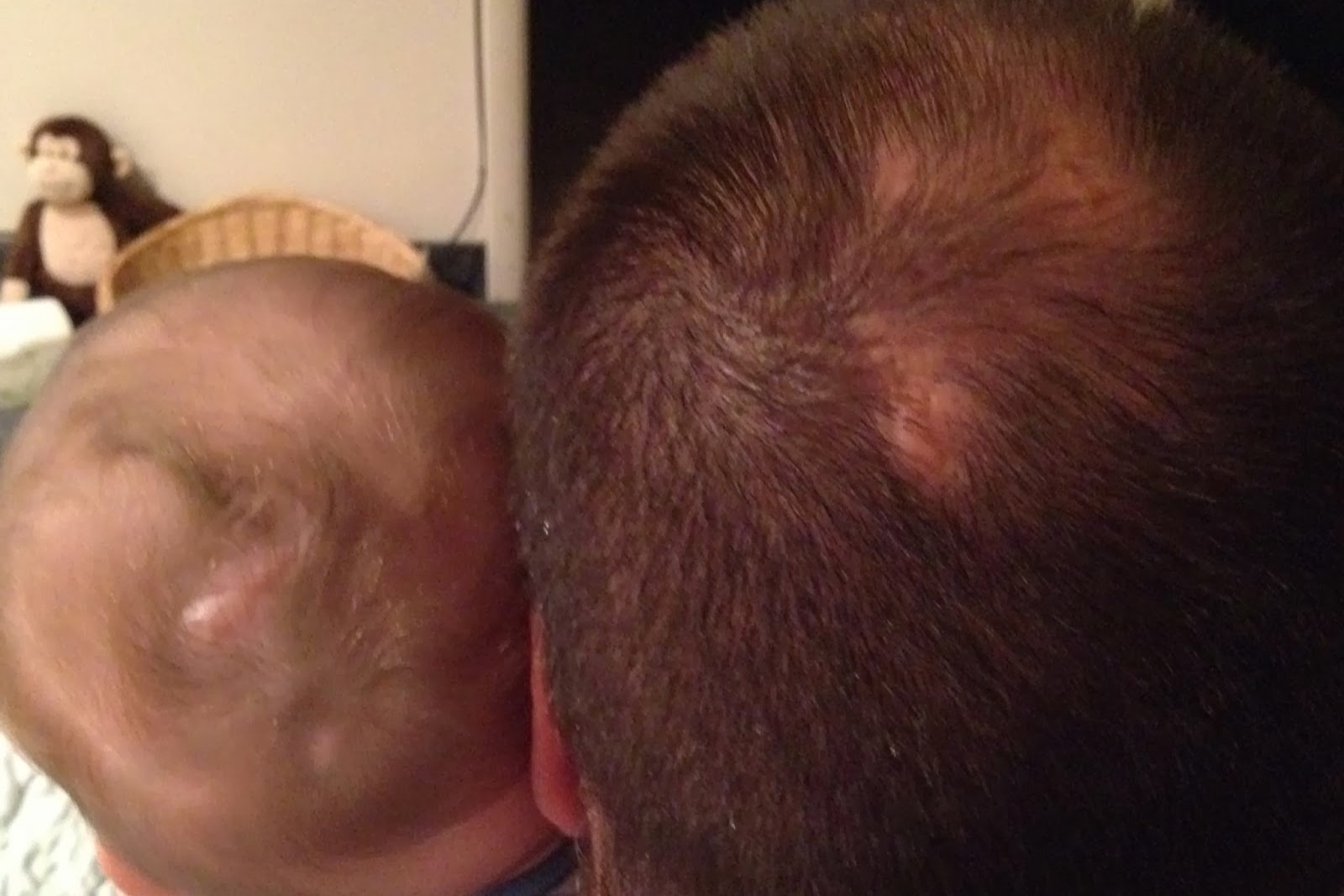
Scalp–Ear–Nipple Syndrome might sound like a strange combination, but it's a real genetic condition. Affecting the scalp, ears, and nipples, this syndrome can lead to various physical anomalies. Symptoms often include underdeveloped or absent nipples, malformed ears, and scalp defects. Caused by mutations in the KCTD1 gene, this condition is rare but significant. Inheritance follows an autosomal dominant pattern, meaning one copy of the altered gene can cause the syndrome. Diagnosis typically involves genetic testing and physical examination. Understanding this syndrome helps in managing symptoms and providing better care for those affected. Treatment focuses on addressing individual symptoms, as there's no cure yet.
Key Takeaways:
- Scalp–Ear–Nipple Syndrome (SENS) is a rare genetic disorder affecting the scalp, ears, and nipples. It can cause visible scalp defects, ear malformations, and underdeveloped nipples, but early diagnosis and multidisciplinary management can help improve quality of life.
- While there is no cure for SENS, treatments such as surgical intervention, hearing aids, dermatological care, and psychological support can help manage symptoms and improve overall well-being. Support groups, educational accommodations, regular medical follow-ups, and genetic counseling are also essential for individuals living with SENS.
What is Scalp–Ear–Nipple Syndrome?
Scalp–Ear–Nipple Syndrome (SENS) is a rare genetic disorder. It affects various parts of the body, including the scalp, ears, and nipples. Understanding this condition can help those affected and their families manage it better.
-
SENS is a genetic disorder. It is caused by mutations in the KCTD1 gene.
-
The syndrome is autosomal dominant. This means only one copy of the altered gene is needed to cause the disorder.
-
SENS affects multiple body parts. The scalp, ears, and nipples are the most commonly impacted areas.
-
Scalp issues include aplasia cutis congenita. This condition results in missing skin on the scalp at birth.
-
Ear abnormalities are common. These can include low-set ears or malformed ear structures.
-
Nipple anomalies are also a hallmark. Individuals may have underdeveloped or absent nipples.
Symptoms of Scalp–Ear–Nipple Syndrome
The symptoms of SENS can vary widely among individuals. Some may experience mild symptoms, while others have more severe manifestations.
-
Scalp defects are often visible at birth. These can range from small patches to larger areas of missing skin.
-
Ear malformations can affect hearing. Some individuals may have hearing loss due to structural abnormalities.
-
Nipple underdevelopment is noticeable. This can affect both males and females.
-
Other skin anomalies may occur. These can include unusual skin texture or pigmentation.
-
Facial features can be distinctive. Some individuals have a characteristic facial appearance.
-
Dental issues are possible. These can include missing teeth or other dental anomalies.
Diagnosis of Scalp–Ear–Nipple Syndrome
Diagnosing SENS involves a combination of clinical evaluation and genetic testing. Early diagnosis can help manage symptoms more effectively.
-
Clinical evaluation is the first step. Doctors look for characteristic signs of the syndrome.
-
Genetic testing confirms the diagnosis. Identifying mutations in the KCTD1 gene is crucial.
-
Family history is important. A detailed family history can provide clues to the diagnosis.
-
Prenatal diagnosis is possible. Genetic testing can be done during pregnancy if there's a known family history.
-
Multidisciplinary approach is often needed. Specialists from various fields may be involved in the diagnosis and management.
Treatment and Management of Scalp–Ear–Nipple Syndrome
While there is no cure for SENS, various treatments can help manage the symptoms and improve quality of life.
-
Surgical intervention may be required. This can address scalp defects or ear malformations.
-
Hearing aids can help. For those with hearing loss, hearing aids can improve auditory function.
-
Dermatological treatments are useful. These can manage skin anomalies and improve appearance.
-
Regular dental check-ups are essential. Addressing dental issues early can prevent complications.
-
Psychological support is beneficial. Counseling can help individuals and families cope with the emotional aspects of the syndrome.
Living with Scalp–Ear–Nipple Syndrome
Living with SENS can be challenging, but with the right support and management, individuals can lead fulfilling lives.
-
Support groups can be invaluable. Connecting with others who have SENS can provide emotional support and practical advice.
-
Educational accommodations may be needed. Some individuals may require special educational support.
-
Regular medical follow-ups are crucial. Ongoing monitoring can help manage symptoms and prevent complications.
-
Awareness and advocacy are important. Raising awareness about SENS can lead to better understanding and support.
-
Genetic counseling is recommended. This can help families understand the risks and implications of the disorder.
-
Healthy lifestyle choices are beneficial. A balanced diet and regular exercise can improve overall health.
-
Adaptive devices can enhance quality of life. These can include hearing aids, special clothing, or other assistive technologies.
-
Research is ongoing. Scientists are continually studying SENS to find better treatments and understand the condition more fully.
Final Thoughts on Scalp–Ear–Nipple Syndrome
Scalp–Ear–Nipple Syndrome, though rare, offers a fascinating glimpse into the complexities of genetic conditions. Understanding its symptoms, causes, and treatments can help those affected lead better lives. From scalp defects to ear abnormalities and nipple malformations, this syndrome presents unique challenges. Genetic counseling and early diagnosis play crucial roles in managing the condition effectively. While there's no cure, supportive treatments can significantly improve quality of life. Awareness and research continue to grow, shedding light on this rare syndrome. By staying informed, we can support those affected and contribute to ongoing research efforts. Knowledge is power, and in the case of Scalp–Ear–Nipple Syndrome, it can make a world of difference.
Frequently Asked Questions
Was this page helpful?
Our commitment to delivering trustworthy and engaging content is at the heart of what we do. Each fact on our site is contributed by real users like you, bringing a wealth of diverse insights and information. To ensure the highest standards of accuracy and reliability, our dedicated editors meticulously review each submission. This process guarantees that the facts we share are not only fascinating but also credible. Trust in our commitment to quality and authenticity as you explore and learn with us.


